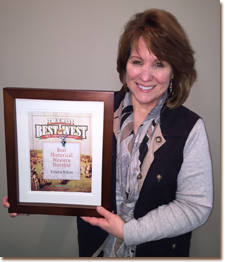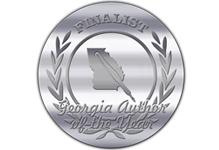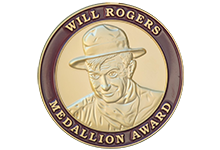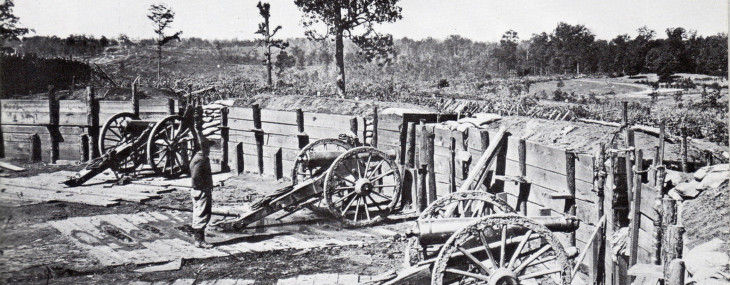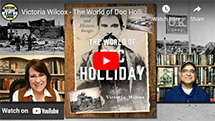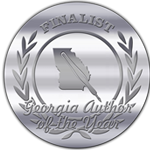(Keynote Address at the Blue Ridge Writer’s Conference 2014)
He was Georgia’s best-known Western legend, infamous in his own time and famous in ours for the part he played in the Gunfight at the OK Corral, becoming a celebrity in literature and film, with his character featured in more than 70 movies and TV shows. She was Georgia’s first superstar, her every activity chronicled in newspapers and magazines, with crowds of admirers camping out on her lawn. At Davison’s Department Store, where she’d gone to buy a dress for a big premiere, she was followed into the dressing room by fans who pulled at her hair and tore off her clothes as souvenirs. Yet neither of them was looking for notoriety; they just wanted to live ordinary lives. It was the power of the story that make their lives extraordinary. And amazingly, Doc Holliday and Margaret Mitchell, author of Gone with the Wind had a family connection. And to explain that surprising bit of Georgia history, I first need to share some of my own history. You might call that the story behind the story.
And my story starts here with my own Mormon pioneer ancestors who crossed the Great Plains in covered wagons to settle the American West in the days of the real cowboys and Indians. One of my grandfathers became president of the Cattleman’s Association in Portland, Oregon. The other left the silver mines of Eureka, Utah behind to mine a different kind of fortune in early pioneer Hollywood. And that’s when my mother’s cousin came to stay with the family and became a film actress, costarring in a series of movie Westerns, like Silver on the Sage and Hidden Gold with cowboy actor Hopalong Cassidy. Her name was Ruth Rogers—that’s her on the right playing the pretty but plucky love interest. She even did a film with a young John Wayne in The Night Riders.
Continue reading